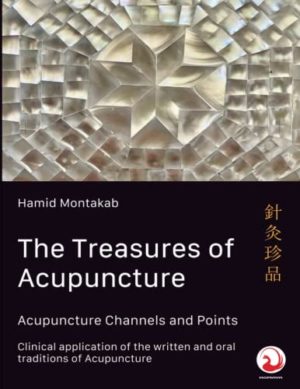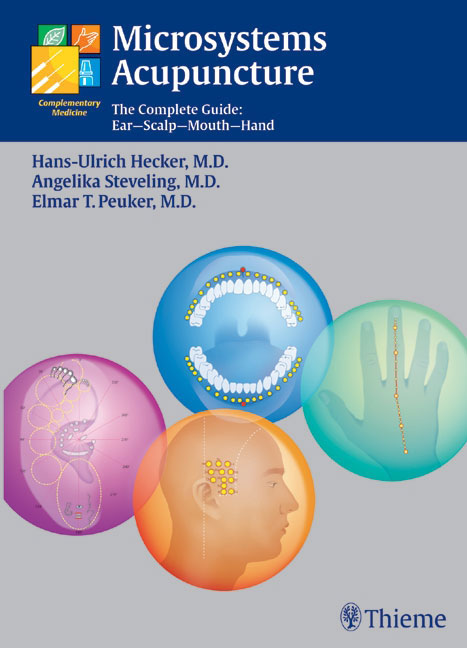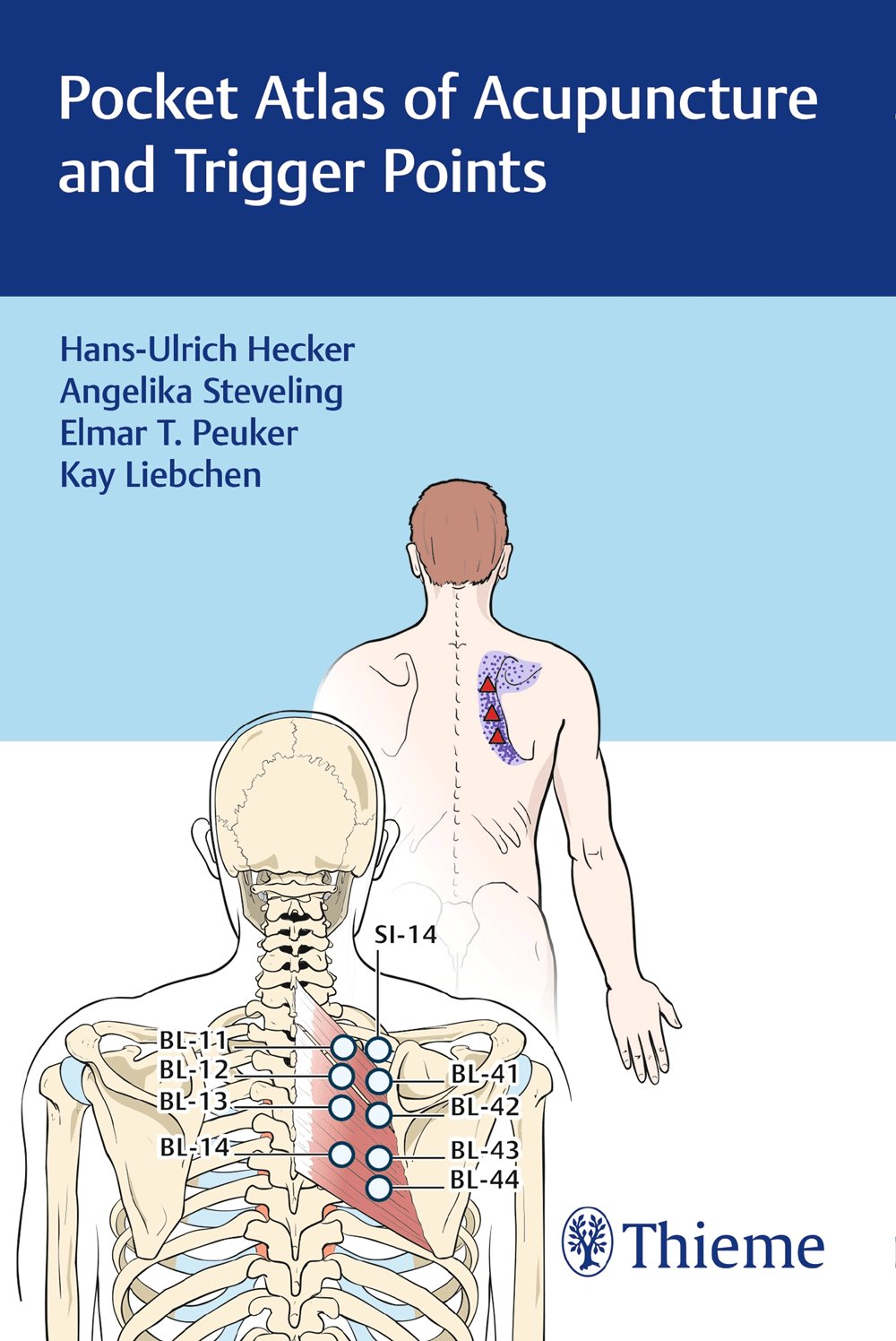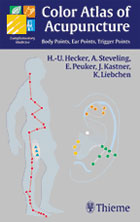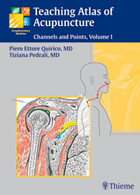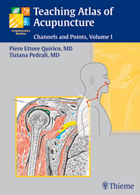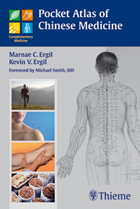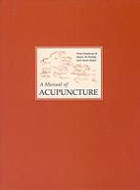Acupuncture atlases
Looking for an acupuncture atlas?
What is an Acupuncture Atlas?
There are numerous acupuncture atlases. An acupuncture atlas shows where:
- the acupuncture points are located
- the effect of the acupuncture point, and
- which engraving technique is used
like Deadman, Manual Acupuncture.
Deadman’s Handbook of Acupuncture is one of the best known acupuncture atlases in Chinese medicine. Numerous training institutes recommend the book to their TCM students to learn acupuncture. But this book is also a proven reference book for acupuncture practice. The newly revised edition of the Handbook of Acupuncture is now two-coloured and differs from its predecessor in that it has a handier format.
You will find them all in the Deadman:
- meridians (meridians)
- the twelve special guidance paths and
- eight extraordinary vessels
described in detail and displayed with large-format images.
You will find the methods for point selection and point localization in the acupuncture manual. What is special about the Deadman are the exact point descriptions (with pictures). The acupuncture points always refer to old classics, which makes the points and their use even more memorable. In addition to the guiding lines, you will also find the so-called extra points and practical representations of the acupuncture points of the body areas.
Numerous attachments, e.g:
- Overviews of Chinese Dynasties
- important classics of TCM
- Chinese and German dot name index
- as well as the index of the acupuncture point numbering
round off the acupuncture textbook.
Atlas acupuncture
The Deadman is one of the most important acupuncture books of our time.
Claudia Fock’s Atlas Acupuncture now with all points indispensable for training and practice! Detailed information and numerous illustrations to all acupuncture points on the twelve main channels and the eight unusual vessels, all important extra points. The atlas offers anatomical orientation aids for finding the points on the body surface, didactic preparation of the relationships of points on different pathways, specific points and proven point combinations in words and pictures. The book contains over 800 photos, 280 line drawings to facilitate point search and needling. This unique combination of body, ear and trigger points has proven itself as a learning aid for exam preparation and as a reference book for practical use. The presentation of three acupuncture therapy systems convinces with a clear didactic concept. All points are described in text and picture. Anatomical drawings and photos will help you to locate the points quickly. In addition, you will receive numerous tips on the effects of TCM and on gnathological aspects that play a role in the holistic approach. If you don’t want to spend so much, you might find a good and inexpensive alternative in Prof. Hempen’s dtv atlas.

